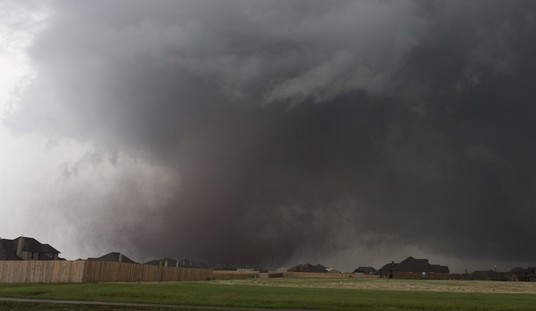On Friday, the Alaska Department of Public Health confirmed the first fatal case of the recently discovered Alaskapox. The victim of the virus was described as an "elderly, immunocompromised" Kenai Peninsula man. The Kenai Peninsula is south of Anchorage, on the opposite side of the Turnagain Arm from the city, and is a popular summer tourist destination.
He is one of only seven reported Alaskapox infections, the Alaska Department of Public Health said in an announcement on Friday.
“People should not necessarily be concerned but more aware,” said Julia Rogers, a state epidemiologist. “So we’re hoping to make clinicians more aware of what Alaskapox virus is, so that they can identify signs and symptoms.”
The double-stranded-DNA virus, which comes from the same genus as smallpox, monkeypox and cowpox, was first identified in an adult in Fairbanks, Alaska in 2015. It is most common in small mammals, like voles shrews.
The fatal case, the first identified outside of Alaska’s interior, took months to diagnose, as Alaskapox cases had previously only shown mild symptoms in patients — typically a localized rash and swollen lymph nodes.
The entire bulletin from the Alaska Department of Public Health can be viewed here.
The patient's physical condition appears to have aggravated the impact of a virus that, until now, has only produced mild symptoms.
Other patients who had been diagnosed with the virus did not require treatment, but they all had healthy immune systems, health officials said.
Officials said the man’s immunocompromised condition likely contributed to his death. How he contracted the virus remains unclear.
The man lived alone in the woods and reported no recent travel. Officials said its possible that he could have gotten Alaskapox from a cat he lived with who frequently hunted small mammals and scratched him when his symptoms started.
Alaska, of course, is almost certainly unique in the percentage of the populace who "live alone in the woods."
This new virus is thought to be spread by rodents, including the ubiquitous red-backed vole which inhabits most of the Great Land and appears to have originated locally.
See Related: Dr. Anthony Fauci Cashes In With the Memoir Nobody Asked For
REVEALED: China Mapped COVID-19 Genome Weeks Before Admitting Its Existence
Rodents are known to be a significant disease vector. Black rats are thought to be one of the major transmitters of the Black Death that killed as many as 25 million people in Europe and Asia from 1347 to 1351. Bubonic plague, which was responsible for the Black Death pandemic, is known to exist today in the United States, including in prairie dog colonies and in mice and rats. Rodents are also known to be the vector for the potentially life-threatening Hantavirus. Other diseases, such as Rocky Mountain Spotted Fever and Lyme Disease, are spread by insects such as ticks.
Fortunately, control of local rodents can greatly lessen one's chances of being exposed to any of these pathogens. (Control of voles in particular can greatly lessen the chances of the little stinkers burrowing under the snow in the winter, girdling and killing one's perfectly nice new apple saplings that were only planted the year before.) Ticks can be prevented by tucking trousers into boots and a proper application of insect repellent. In this, as in many other things, a few precautions can provide a lot of protection.














Join the conversation as a VIP Member